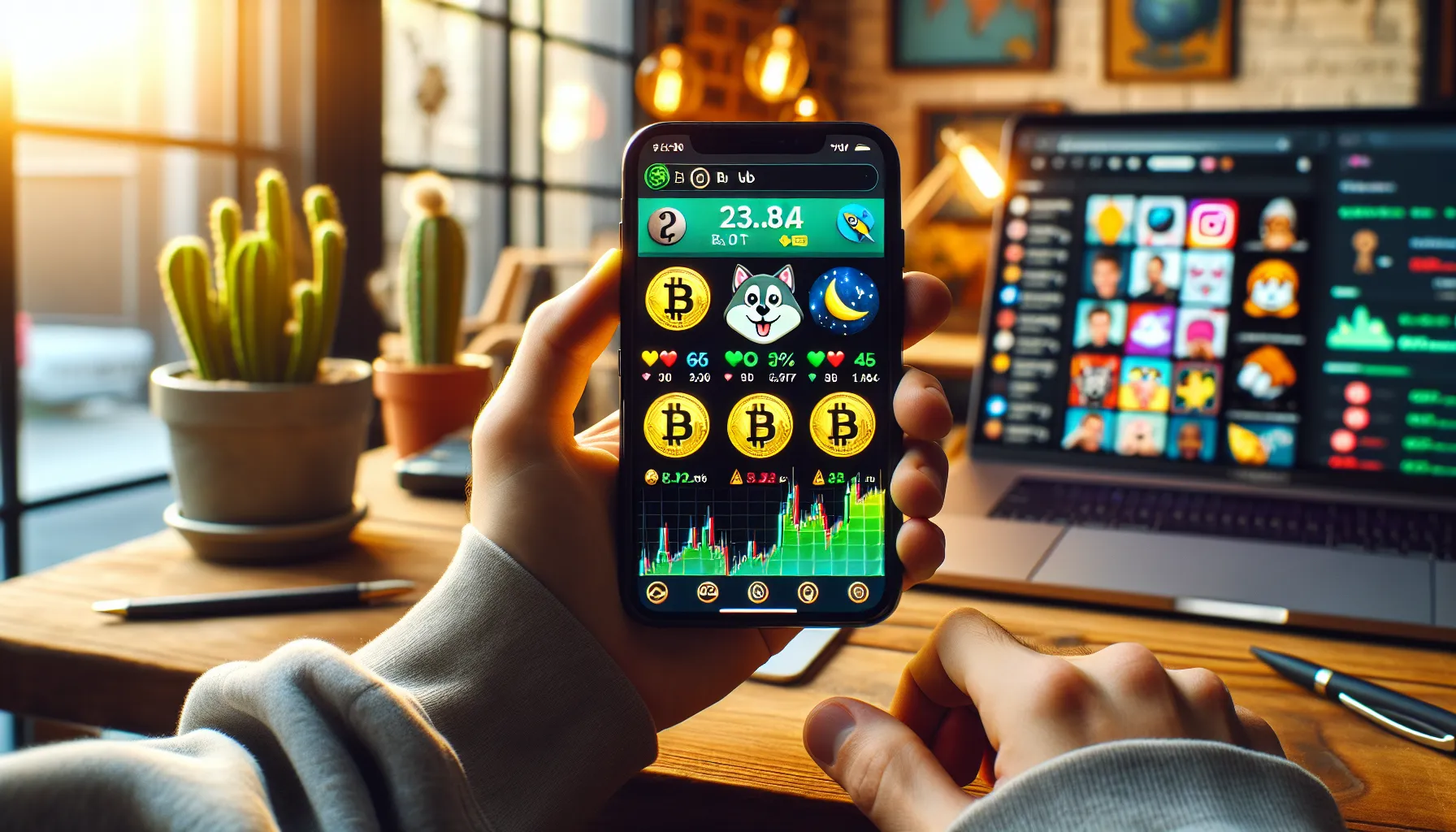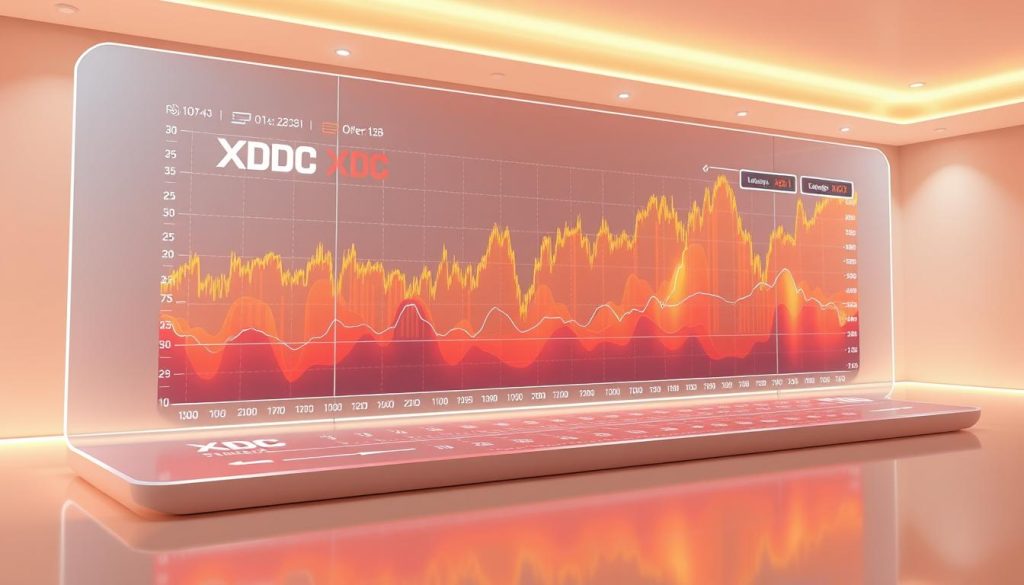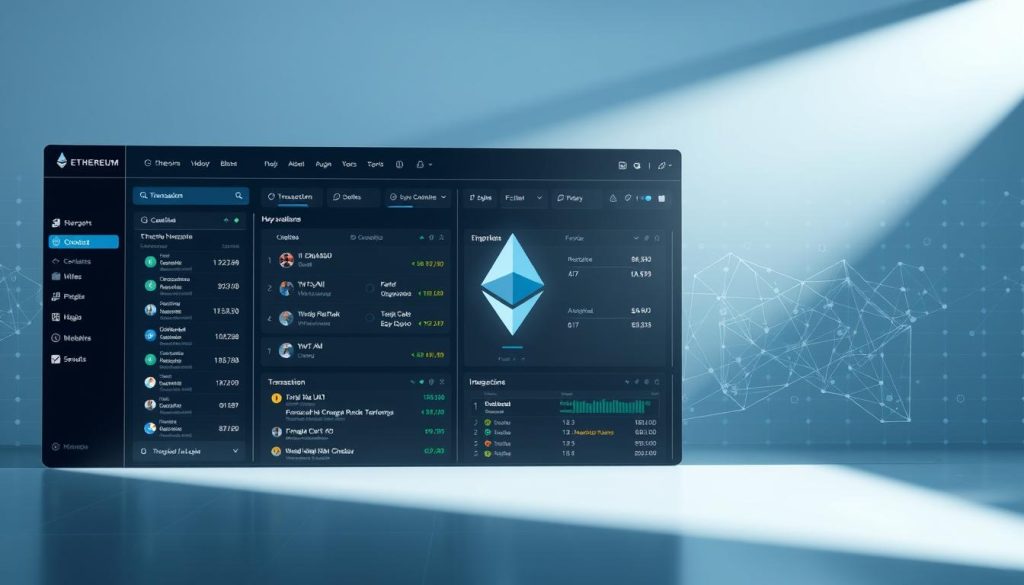You’ve probably seen them making headlines, Dogecoin surging after a celebrity tweet, Shiba Inu promising to reach “the moon,” or some new coin with a cartoon frog mascot suddenly worth millions. Meme coins have become one of the most talked-about phenomena in cryptocurrency, blurring the lines between serious financial instruments and internet jokes. What started as a parody has grown into a multi-billion-dollar market segment that challenges everything traditional investors thought they knew about value.
These digital assets don’t follow the usual rules. They’re not backed by revolutionary technology or solving complex problems. Instead, they thrive on community enthusiasm, viral marketing, and the unpredictable nature of internet culture. Whether you see them as a democratization of finance or a warning sign of market excess, meme coins have carved out their place in the cryptocurrency world and show no signs of disappearing. Understanding what they are, how they work, and why they matter can help you make sense of this peculiar corner of the digital economy.
Key Takeaways
- Meme coins are cryptocurrencies based on internet memes and cultural references rather than technological innovation, deriving value from community enthusiasm and social sentiment.
- Dogecoin, launched in 2013 as a parody, pioneered the meme coin trend and demonstrated that community-driven assets could achieve multi-billion-dollar valuations without serious utility.
- Most meme coins are built using simple token protocols on existing blockchains like Ethereum, featuring enormous supplies and extremely low prices to create psychological appeal.
- Investing in meme coins carries extreme volatility and risk, including potential total loss, rug pulls, market manipulation, and prices driven purely by social media hype rather than fundamental value.
- The meme coin phenomenon reveals how attention and community can drive asset value in the digital age, representing a shift in market dynamics that challenges traditional financial analysis.
- Only invest money you can afford to lose completely in meme coins, as they function more as speculative bets on internet culture than traditional financial investments.
What Are Meme Coins?

Meme coins are cryptocurrencies that originate from internet memes, jokes, or cultural references rather than specific technological innovations or business applications. Unlike Bitcoin, which was designed as a peer-to-peer electronic cash system, or Ethereum, which enables smart contracts and decentralized applications, meme coins typically serve no functional purpose beyond being a tradable asset.
The defining characteristic of a meme coin is its origin story and community culture. These tokens often feature playful branding, think cartoon dogs, ironic slogans, or references to popular internet humor. Their value isn’t tied to utility or underlying technology. Instead, it depends almost entirely on social sentiment, community engagement, and the viral nature of the meme itself.
You’ll find that most meme coins share certain traits: they usually have enormous token supplies running into trillions of units, extremely low individual prices (often fractions of a cent), and active social media communities that rally around the coin. The technical aspects are typically straightforward, many are simple tokens built on existing blockchains like Ethereum or Binance Smart Chain, using standard token protocols that require minimal development expertise.
What separates meme coins from other cryptocurrencies isn’t technical sophistication but cultural resonance. They tap into the participatory nature of internet culture, where communities form around shared jokes and references. This creates a feedback loop: the meme spreads, more people buy in, the price increases, the meme spreads further. It’s a phenomenon that traditional financial analysis struggles to explain because it operates on social dynamics rather than fundamental value propositions.
The Origins of Meme Coins
The meme coin concept emerged from the cryptocurrency community’s tendency toward self-aware humor and experimentation. In the early 2010s, as Bitcoin gained mainstream attention, countless alternative cryptocurrencies, dubbed “altcoins”, flooded the market. Many promised to improve on Bitcoin’s limitations or serve specific use cases. But not all of them took themselves seriously.
How Dogecoin Started the Trend
Dogecoin launched in December 2013 as a deliberate parody of the cryptocurrency craze. Software engineers Billy Markus and Jackson Palmer created it as a joke, basing it on the popular “Doge” meme featuring a Shiba Inu dog with broken English captions in Comic Sans font. The coin was meant to satirize the speculative frenzy and questionable projects proliferating in the crypto space.
What happened next surprised everyone, including its creators. Dogecoin quickly developed a devoted community that embraced its lighthearted nature. Unlike the often serious and technical Bitcoin community, Dogecoin users focused on fun, generosity, and accessibility. They used the coin to tip content creators online, fundraise for charitable causes, and even sponsored a NASCAR driver and the Jamaican bobsled team’s trip to the 2014 Winter Olympics.
Dogecoin proved that a cryptocurrency didn’t need groundbreaking technology or a detailed whitepaper to gain traction. It needed community, personality, and timing. The coin survived multiple crypto market cycles, maintaining a loyal following even when its price languished. Then, in 2021, a perfect storm of factors, pandemic-era retail investing, social media hype, and high-profile endorsements from figures like Elon Musk, sent Dogecoin’s price soaring and validated the meme coin concept for a new generation.
This success created a blueprint. If a joke coin based on a dog meme could reach a market capitalization in the tens of billions, what else was possible? The answer came quickly, as developers rushed to create their own meme-based tokens, each hoping to capture lightning in a bottle.
How Meme Coins Work
From a technical standpoint, most meme coins are surprisingly straightforward. They typically don’t introduce new blockchain technology or consensus mechanisms. Instead, they’re built using existing infrastructure and standard token protocols.
Many recent meme coins are ERC-20 tokens on the Ethereum blockchain or BEP-20 tokens on Binance Smart Chain. Creating one requires minimal coding expertise, developers can use open-source templates and deploy a new token in minutes. This low barrier to entry partly explains why hundreds of new meme coins appear regularly.
The tokenomics of meme coins usually follow a pattern. Developers create an astronomical supply, sometimes quadrillions of tokens, which allows for extremely low per-unit prices. This psychological pricing strategy makes people feel like they’re getting more for their money. Spending $100 on Bitcoin might get you a small fraction of one coin, but the same amount could buy millions of meme coins. The appeal of owning large quantities shouldn’t be underestimated.
Distribution methods vary, but you’ll often see developers allocating a significant portion of tokens to a liquidity pool on a decentralized exchange, “burning” a portion by sending it to an inaccessible wallet, and sometimes reserving a percentage for the development team or marketing. The transparency of blockchain technology means you can verify these allocations, though interpreting what they mean for value requires careful analysis.
Trading happens primarily on decentralized exchanges like Uniswap or PancakeSwap, though successful meme coins eventually get listed on major centralized exchanges. The trading mechanism is the same as any cryptocurrency, buyers and sellers determine price through supply and demand. But, meme coin markets tend to be exceptionally thin, meaning relatively small buy or sell orders can cause dramatic price swings.
The real “mechanism” behind meme coins isn’t technical, it’s social. Their value derives from attention, sentiment, and the network effect of growing communities. When a meme coin gains traction, it attracts speculators hoping to profit from the momentum. This creates volatility that can work both ways, generating spectacular gains for early participants and devastating losses for those who buy at peaks.
Popular Meme Coins in the Market
While dozens of meme coins vie for attention daily, a few have achieved lasting recognition and market presence.
Dogecoin remains the original and most established meme coin. Even though its origins as a joke, it has achieved a level of legitimacy that newer meme coins aspire to. Major cryptocurrency exchanges list it, some merchants accept it as payment, and its market capitalization has placed it among the top cryptocurrencies by value at various points. Dogecoin’s staying power comes from its first-mover advantage and the genuine community that formed around it.
Shiba Inu emerged in 2020 as the self-proclaimed “Dogecoin killer.” Built on the Ethereum blockchain, it embraced the same dog theme but added an ecosystem approach, including a decentralized exchange called ShibaSwap and plans for NFTs and other projects. Shiba Inu’s astronomical gains in 2021 created numerous millionaires among early holders and demonstrated that Dogecoin’s success could be replicated. The token benefited from arriving when retail interest in cryptocurrency was peaking and social media could amplify any narrative quickly.
Pepe emerged in 2023, based on the Pepe the Frog meme that has been an internet staple for years. It tapped into a different demographic than the dog-themed coins, appealing to a more online-native, meme-fluent audience. Pepe’s rapid rise showed that meme coin mania hadn’t subsided and that new entries could still capture significant attention and capital.
Other notable mentions include Floki, named after Elon Musk’s dog, and various coins built around trending memes or current events. The landscape changes constantly. What’s popular today might be forgotten tomorrow, replaced by whatever meme currently captures the internet’s fickle attention.
The common thread among successful meme coins isn’t technology or utility. It’s timing, memetic potency, and the ability to build a community that sustains interest beyond the initial hype cycle. Most meme coins fade into obscurity within weeks or months. The few that persist do so by maintaining active communities and staying relevant in the fast-moving world of internet culture.
Why People Invest in Meme Coins
The motivations behind meme coin investment defy traditional financial logic, which is precisely what makes them interesting. You won’t find discounted cash flow analysis or price-to-earnings ratios here. The reasons people buy meme coins are more psychological and social than financial.
The lottery ticket mentality drives much of the investment. Stories of people turning small amounts into life-changing wealth through early Dogecoin or Shiba Inu investments are legendary in crypto circles. When you see someone turning $1,000 into $1 million, it’s easy to convince yourself you could be next. Meme coins offer the possibility, but remote, of exceptional returns that traditional investments can’t match. For many, especially younger investors with limited capital, risking $50 or $100 on a meme coin represents an acceptable gamble with asymmetric upside potential.
There’s also a rebellious, anti-establishment element. Meme coins thumb their nose at traditional finance’s seriousness and gatekeeping. When a joke coin outperforms hedge fund portfolios, it feels like a victory for ordinary people against financial institutions. This resonates particularly with generations who came of age during financial crises and feel excluded from traditional wealth-building opportunities.
FOMO, fear of missing out, plays an enormous role. When your social media feeds fill with posts about a coin surging, the psychological pressure to participate becomes intense. Nobody wants to watch others profit while sitting on the sidelines. This emotion overrides rational risk assessment, leading people to buy during peaks rather than conducting proper research.
Community-Driven Growth and Social Media Influence
Perhaps the most distinctive aspect of meme coin investment is the community experience. Buying a meme coin means joining a group united by shared humor, references, and hopes for financial success. These communities form on Reddit, Twitter, Discord, and Telegram, creating spaces where holders encourage each other, share memes, and coordinate efforts to spread awareness.
Social media influence cannot be overstated. A single tweet from a celebrity or influencer can send a meme coin’s price soaring. Elon Musk’s tweets about Dogecoin repeatedly caused double-digit percentage moves. This social media effect creates a feedback loop where rising prices generate more social media attention, which attracts more buyers, pushing prices higher still.
The participatory nature appeals to people who want to feel part of something bigger than themselves. Meme coin communities often adopt mission statements like “reaching $1” or “going to the moon,” creating collective goals that foster unity. This transforms investment from a solitary financial decision into a social experience with its own culture, language, and identity.
For some, the investment decision is less about expected returns and more about the entertainment value and sense of belonging. When viewed through this lens, meme coins compete not with traditional investments but with other forms of entertainment and social participation that also cost money.
Risks and Volatility of Meme Coins
The same characteristics that enable meme coins’ spectacular gains create equally spectacular risks. Understanding these dangers is necessary for anyone considering exposure to this asset class.
Volatility in meme coins exceeds even the high volatility typical of cryptocurrency markets. Price swings of 50% or more in a single day aren’t unusual. This volatility stems from thin liquidity, meaning relatively small trades can move prices significantly, and sentiment-driven trading, where news, rumors, or social media trends cause rapid shifts in buyer and seller behavior.
You face substantial risk of total loss. Most meme coins eventually become worthless. The hundreds of dog-themed tokens launched in Dogecoin’s wake have largely vanished, taking investors’ money with them. Without underlying utility or revenue generation, meme coins have no floor value. When attention moves elsewhere, prices can collapse to near zero.
Rug pulls and scams plague the meme coin space. The ease of creating new tokens attracts bad actors who launch coins, generate hype to attract buyers, then drain the liquidity pool and disappear with investors’ funds. Even when developers aren’t overtly malicious, many meme coin projects are abandoned once initial excitement fades, leaving holders with worthless tokens.
Market manipulation is rampant. Coordinated pump-and-dump schemes target meme coins, where groups artificially inflate prices through coordinated buying and social media promotion, then sell their holdings to latecomers at inflated prices. Your position in these schemes, whether you’re an early participant who profits or a late arrival who loses, often depends on luck and timing rather than skill.
Regulatory risk looms over the entire space. As meme coins have grown in popularity and market impact, they’ve attracted regulatory attention. Securities regulators may classify some meme coins as unregistered securities, leading to enforcement actions. Tax obligations can be complex, and many casual investors underestimate their tax liability from meme coin trading.
The psychological risks deserve consideration too. The extreme volatility and social media-driven nature of meme coins can become addictive, leading to obsessive price-checking, overinvestment, and poor decision-making driven by emotion rather than reason. The community aspects that make meme coins appealing can also create echo chambers where skepticism is discouraged and risks are minimized.
Perhaps most fundamentally, meme coins operate in a domain where traditional valuation methods don’t apply. You can’t calculate intrinsic value or use financial metrics to assess whether a price is reasonable. You’re speculating purely on whether other people will want to buy at higher prices in the future, the definition of the greater fool theory.
The Future of Meme Coins
Predicting the future of meme coins requires understanding both their cultural significance and their financial limitations. They’re unlikely to disappear completely, but their role in the broader cryptocurrency ecosystem remains uncertain.
The meme coin phenomenon has revealed something important about modern markets and human behavior. In an era of social media and retail investment access, assets can gain value purely from attention and community enthusiasm. This represents a genuine shift in how markets work, one that traditional finance is still struggling to understand. Whether you approve or not, meme coins have demonstrated that narrative and community can, at least temporarily, outweigh fundamentals.
Some projects are attempting to add utility to the meme coin formula, creating hybrid tokens that maintain meme-based branding while developing actual use cases. Shiba Inu’s ecosystem expansion represents one approach. Whether these efforts succeed in creating sustainable value or simply delay the inevitable remains to be seen. Adding utility after the fact is challenging, especially when a project’s identity is rooted in not being serious.
Regulation will shape the future significantly. As authorities develop clearer frameworks for cryptocurrency, meme coins may face restrictions or requirements that change their dynamics. Increased scrutiny could reduce the scams and manipulation that plague the space, but might also diminish the freewheeling culture that makes meme coins appealing to their communities.
The market’s maturation could work both ways for meme coins. As cryptocurrency becomes more mainstream and institutional, the appetite for high-risk speculative assets might decrease, pushing capital toward more established projects. Alternatively, meme coins might find a permanent niche as the cryptocurrency equivalent of penny stocks, high-risk, high-reward speculation that attracts a certain type of investor regardless of market conditions.
What seems certain is that internet culture and finance have become intertwined in ways that can’t be easily separated. Meme coins are an early expression of this merger, but probably not the final form. You’ll likely see continued experimentation at this intersection, with new variations on the meme coin concept emerging as internet culture evolves.
The broader lesson may be about democratization and its consequences. Meme coins demonstrate what happens when anyone can create financial assets and anyone can invest in them without gatekeepers. This access creates opportunities but also enables excess, manipulation, and losses. The future likely involves finding better balance between accessibility and protection, between innovation and responsibility.
Conclusion
Meme coins sit at a strange crossroads between legitimate financial innovation and internet absurdity. They’ve created millionaires and devastated portfolios, sometimes in the same week. Understanding them requires looking beyond traditional financial analysis to consider social dynamics, internet culture, and human psychology.
If you’re considering meme coin exposure, approach it with clear eyes. These aren’t investments in the traditional sense, they’re speculative bets on attention and sentiment. Only risk money you can afford to lose completely, because complete loss is a realistic outcome for most meme coins. Don’t let FOMO override judgment, and don’t mistake a rising price for validation of an investment thesis.
The phenomenon teaches us something valuable about how markets work in the digital age. Attention has become a form of capital. Communities can coordinate action at unprecedented scale and speed. Narratives spread virally and move billions of dollars. These forces aren’t going away, which means meme coins, in some form, probably aren’t either.
Whether they represent the democratization of finance or a cautionary tale about speculation depends partly on your perspective and partly on whether you bought early or late. What’s undeniable is that they’ve earned their place in cryptocurrency history and continue to shape how we think about value, community, and what it means to invest in the internet era.
Frequently Asked Questions About Meme Coins
What are meme coins and how do they differ from other cryptocurrencies?
Meme coins are cryptocurrencies originating from internet memes, jokes, or cultural references rather than technological innovations. Unlike Bitcoin or Ethereum, they typically serve no functional purpose beyond being tradable assets, with value driven entirely by social sentiment and community engagement rather than utility.
Why do meme coins have such extreme price volatility?
Meme coins experience extreme volatility due to thin liquidity, where small trades significantly move prices, and sentiment-driven trading based on social media trends. Price swings of 50% or more in a single day are common, as value depends on attention and community enthusiasm rather than fundamentals.
Can you actually make money investing in meme coins?
While some early investors have turned small amounts into substantial wealth with meme coins like Dogecoin and Shiba Inu, most meme coins eventually become worthless. Success depends heavily on timing, luck, and exiting before attention shifts elsewhere, making them extremely high-risk speculative bets.
How can I identify a meme coin rug pull or scam?
Warning signs include anonymous developers, lack of locked liquidity, tokens concentrated in few wallets, unrealistic promises, aggressive marketing pressure, and newly created social media accounts. Always verify token contracts, check liquidity locks, and research the development team before investing in any meme coin.
What is the difference between Dogecoin and Shiba Inu?
Dogecoin, launched in 2013, is the original meme coin with its own blockchain and established community. Shiba Inu, created in 2020, is an Ethereum-based ERC-20 token that positioned itself as the ‘Dogecoin killer’ and developed an ecosystem including ShibaSwap exchange and NFT projects.
Are meme coins considered securities by regulators?
Regulatory classification varies by jurisdiction and is still evolving. Some meme coins may be classified as unregistered securities depending on how they’re promoted and distributed. Growing regulatory scrutiny means future enforcement actions and clearer frameworks are likely, potentially impacting how meme coins operate.










 Bitcoin
Bitcoin  Ethereum
Ethereum  Tether
Tether  XRP
XRP  USDC
USDC  Solana
Solana  TRON
TRON  Lido Staked Ether
Lido Staked Ether  Dogecoin
Dogecoin